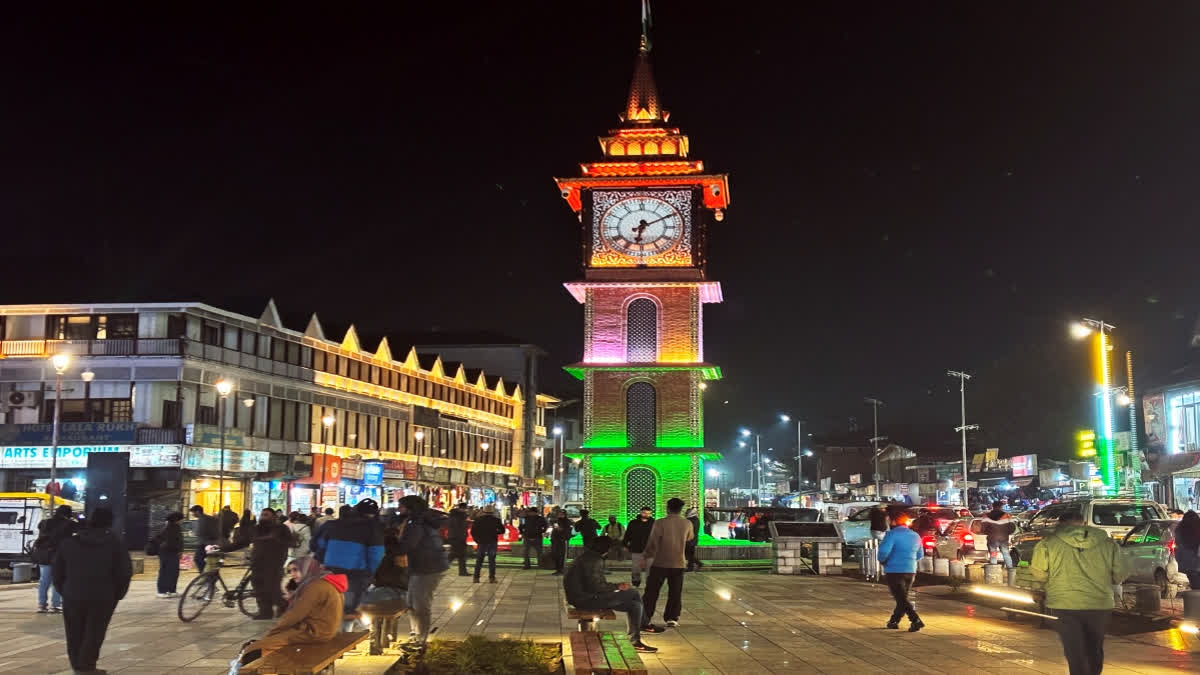Hyderabad:The Indian Standard Time was introduced all over India on September 1, 1947, as the official time for the whole country. The Indian Standard Time is observed throughout India, with a time offset of UTC+5:30.
This means that India is five and a half hours ahead of Greenwich Mean Time. Unlike other countries, India does not observe Daylight Saving Time. Indian Standard Time is computed on the basis of 82.5 degrees East longitude from a clock tower in Mirzapur near Allahabad, as it is near the corresponding longitude reference line.
What About Before IST?:Pre-independent India operated on local time zones until the railway system was established in the country in the 1850s. This is when the need for a unified time zone became more pressing than ever. Two time zones were created in the cities of Kolkata and Mumbai in 1884. Kolkata’s time was set at five hours and 30 minutes before GMT while Mumbai’s time zone was set at four hours and 51 minutes ahead of GMT. By 1905, however, the meridian passing east of Allahabad was chosen as the standard time for the entire country and was eventually declared the Indian Standard Time in 1947.
Who Invented Indian Standard Time?:In 1792, the Madras Observatory in Chennai (then Madras) was set up by the British East India Company. In 1802, the first official astronomer of the Company, John Goldingham, computed the longitude of Madras as 5 hours and 30 minutes ahead of the Greenwich Mean Time (GMT). This became the first use of a local standard time which later evolved into the current Indian Standard Time zone.
CSIR-NPL maintains Indian Standard Time?:Council of Scientific and Industrial Research-National Physical Laboratory (CSIR-NPL) maintains the Indian Standard Time (IST). The time authority by NPL is based on a bank of Cesium (Cs) atomic clocks and a Hydrogen maser. These clocks are so accurate that they would lose or gain one second in about three lakh years.
Background Of Indian Standard Time:India's time zones were first established in 1884 during the British Raj, following three major time zones - Bombay, Calcutta, and Madras Time. India switched to a single time zone to simplify communication, public authority, and travel. This decision made it easier to coordinate train plans, broadcast messages, and managerial tasks. India continued to use IST even after becoming autonomous to maintain the organisation and prevent the country from having multiple time zones. IST is used throughout India and Sri Lanka, being 5:30 hours ahead of UTC.
4th Century's Surya Siddhanta: Earlier in the 4th century CE , an astronomical treatise 'Surya Siddhanta' had mentioned about Standard Time in India. Assuming that the earth is spherical. The book outlined that the Prime Meridian passed through Avanti (the ancient name for the city of Ujjain) at 23°11′N 75°45′E and Rohitaka (the ancient name for Rohtak) at 28°54′N 76°38′E. The book also elaborates that Rohatika and Avanti are situated on a line which passes through the Equator (76° E) and the North Pole.
A sidereal day in ancient India began with sunrise at the Prime Meridian in Ujjain and then was divided into smaller time units. Despite these early advancements standard time was not used other than in astrology. In ancient India, kingdoms used Hindu calenders to keep their own local time. An early example of this is the Jantar Mantar constructed by Maharaja Sawai Jai Singh in 1733 in Jaipur which has large sundials (up to 90 feet high) which were used to accurately calculate local time.
India does not use Daylight Saving:It was only during the Sino-Indian War of 1962, and the Indo-Pakistani wars of 1965 and 1971, India briefly used Daylight Saving to reduce civilian energy consumption. Currently, India has a single time zone, which is determined by the longitude that passes through 82°33′E.
What is Daylight Saving Time?:DST is the practice of setting the clocks forward one hour from standard time during the summer and then back again during autumn. It is known to create one hour of additional daylight but does not save energy and is known to disrupt body clocks and circadian rhythm. As a result of this, there is one 23-hour day in late winter or early spring and one 25-hour day in autumn. Benjamin Franklin first proposed this idea in what appears to be a satirical letter to the editor of The Journal of Paris, suggesting that waking up earlier in the summer would economise on candle usage; and lead to considerable savings. Nearly 120 years later in 1907, UK's William Willett presented the idea as a way to save energy in the parliament and it was implemented.
Sri Lanka Follows Indian Standard Time:Other than India, Sri Lanka also uses the IST Indian Standard Time.
